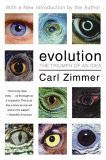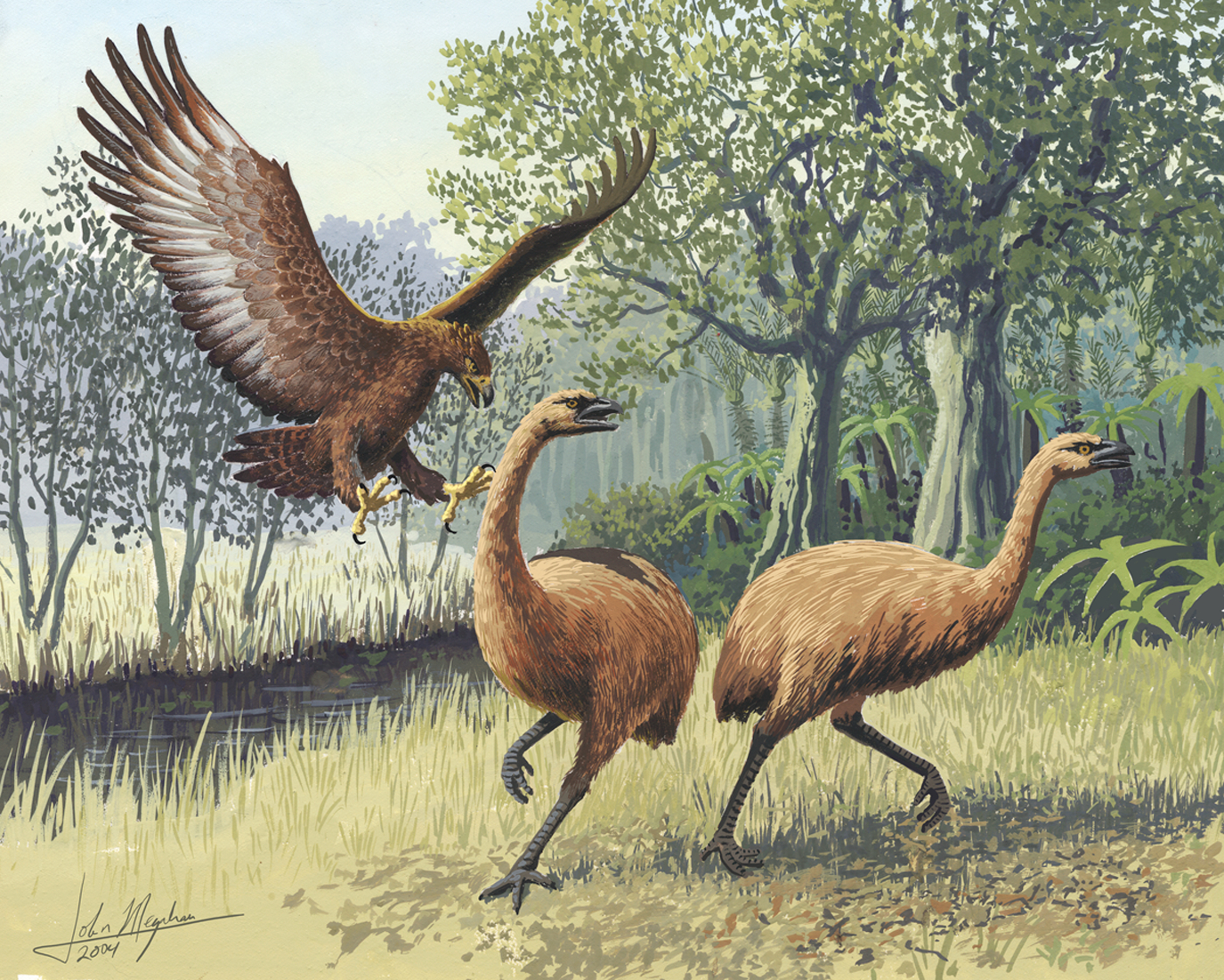Creation, starring Paul Bettany, details Darwin's "struggle between faith and reason" as he wrote On The Origin of Species. It depicts him as a man who loses faith in God following the death of his beloved 10-year-old daughter, Annie.
The film was chosen to open the Toronto Film Festival and has its British premiere on Sunday. It has been sold in almost every territory around the world, from Australia to Scandinavia.
However, US distributors have resolutely passed on a film which will prove hugely divisive in a country where, according to a Gallup poll conducted in February, only 39 per cent of Americans believe in the theory of evolution.
Movieguide.org, an influential site which reviews films from a Christian perspective, described Darwin as the father of eugenics and denounced him as "a racist, a bigot and an 1800s naturalist whose legacy is mass murder". His "half-baked theory" directly influenced Adolf Hitler and led to "atrocities, crimes against humanity, cloning and genetic engineering", the site stated.
The film has sparked fierce debate on US Christian websites, with a typical comment dismissing evolution as "a silly theory with a serious lack of evidence to support it despite over a century of trying".
Jeremy Thomas, the Oscar-winning producer of Creation, said he was astonished that such attitudes exist 150 years after On The Origin of Species was published.
"That's what we're up against. In 2009. It's amazing," he said.
"The film has no distributor in America. It has got a deal everywhere else in the world but in the US, and it's because of what the film is about. People have been saying this is the best film they've seen all year, yet nobody in the US has picked it up.
"It is unbelievable to us that this is still a really hot potato in America. There's still a great belief that He made the world in six days. It's quite difficult for we in the UK to imagine religion in America. We live in a country which is no longer so religious. But in the US, outside of New York and LA, religion rules.
"Charles Darwin is, I suppose, the hero of the film. But we tried to make the film in a very even-handed way. Darwin wasn't saying 'kill all religion', he never said such a thing, but he is a totem for people."
Creation was developed by BBC Films and the UK Film Council, and stars Bettany's real-life wife Jennifer Connelly as Darwin's deeply religious wife, Emma. It is based on the book, Annie's Box, by Darwin's great-great-grandson, Randal Keynes, and portrays the naturalist as a family man tormented by the death in 1851 of Annie, his favourite child. She is played in the film by 10-year-old newcomer Martha West, the daughter of The Wire star Dominic West.
Early reviews have raved about the film. The Hollywood Reporter said: "It would be a great shame if those with religious convictions spurned the film out of hand as they will find it even-handed and wise."
Mr Thomas, whose previous films include The Last Emperor and Merry Christmas Mr Lawrence, said he hoped the reviews would help to secure a distributor. In the UK, special screenings have been set up for Christian groups.
And you thought the money-grubbing, amoral (or immoral), Hollywood movie business loved controversy and liked to make a buck off it whenever it could! Apparently not, if it might irritate a minority (I hope) of religious extremists, America's own Taliban. So a film about Darwin - a long dead and much celebrated scientist - seems much more dangerous to the fabric of this country than Borat! Sigh...















